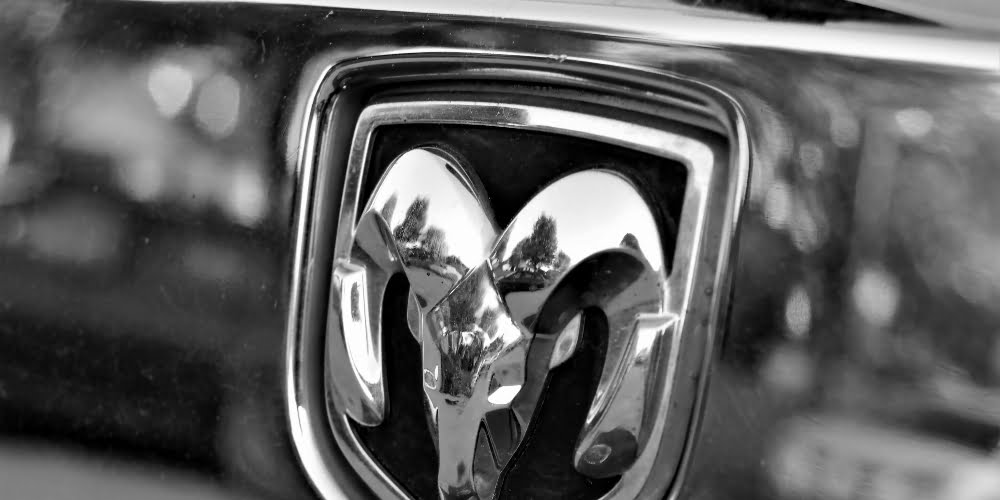
If you drive a Dodge Challenger, chances are you’ve encountered the dreaded check engine light. Don’t worry, you’re not alone, and it’s not as intimidating as it seems. I’m Jack , and I’m here to guide you through understanding, troubleshooting, and fixing your Dodge Challenger’s check engine light with straightforward tips.
UNDERSTANDING THE CHECK ENGINE LIGHT
The check engine light is part of your Dodge Challenger’s onboard diagnostic (OBD) system. It’s designed to alert you when something isn’t working correctly. Here are some common triggers:
- Loose or damaged gas cap
- Faulty oxygen sensor
- Malfunctioning catalytic converter
- Issues with ignition coils or spark plugs
- Mass airflow sensor problems
- Exhaust gas recirculation (EGR) system failure
- Transmission or engine misfires
This light serves as an early warning, prompting you to address issues before they worsen.
CAN ISSUES AFFECT FUEL EFFICIENCY WITHOUT TRIGGERING THE LIGHT?
Yes, components like the fuel or air intake systems can cause poor gas mileage without triggering the light. If your fuel efficiency drops, check the fuel pump, rotor, or cap, and look for any underlying trouble codes.
HOW TO TROUBLESHOOT YOUR CHECK ENGINE LIGHT
STEP 1: RETRIEVE DIAGNOSTIC CODES
Start by using an OBD-II scanner to retrieve the diagnostic trouble codes (DTCs). These codes will pinpoint the problem, making troubleshooting much easier.
STEP 2: IDENTIFY COMMON PROBLEMS
Here are a few issues frequently associated with Dodge Challengers and their corresponding codes:
- P0420: Catalytic converter inefficiency
- P0300: Random or multiple cylinder misfire
- P0171: Lean air-fuel mixture
STEP 3: FIX THE ISSUE
Some problems are simple fixes, while others may require professional help. Here are examples of both:
- Easy Fixes:
- Tighten or replace a loose gas cap.
- Clean or swap a faulty mass airflow sensor.
- Replace spark plugs or ignition coils.
- Complex Repairs:
- Repair or replace a damaged catalytic converter.
- Fix transmission or engine-related issues.
HOW NEWER MODELS DIFFER IN DIAGNOSTICS
Newer Challengers feature advanced systems that detect problems early. These vehicles often require specialized diagnostic tools to interpret codes, so a trip to the dealer may be necessary.
HOW TO RESET THE CHECK ENGINE LIGHT
Once the issue is fixed, you’ll need to reset the light. Here’s how:
- Use an OBD-II Scanner: Clear the codes through the scanner.
- Disconnect the Battery: Unplug the negative terminal for 15 minutes, then reconnect it.
- Drive the Car: Sometimes, the light resets after completing a few drive cycles.
COMMON RESETTING QUESTIONS
Q: Will resetting the light erase all codes? A: Yes, but unresolved issues will cause the light to return.
Q: Can I pass emissions tests with the light on? A: No, most emissions tests require the check engine light to be off.
MAINTAINING YOUR CHALLENGER TO PREVENT ISSUES
Regular maintenance goes a long way in avoiding check engine light problems. Here’s what to do:
- Stick to the manufacturer’s maintenance schedule.
- Replace air filters and spark plugs as needed.
- Use high-quality fuel and engine oil.
- Ensure your gas cap is properly sealed after refueling.
FREQUENTLY ASKED QUESTIONS
Q: How often should I check my car’s diagnostics? A: At least once a year or whenever the check engine light appears.
Q: Is it safe to drive with the light on? A: If the light is steady, you can drive short distances. A flashing light indicates a severe issue and requires immediate attention.
FINAL THOUGHTS
The check engine light doesn’t have to be a source of frustration. By understanding its purpose, troubleshooting effectively, and staying proactive with maintenance, you can keep your Dodge Challenger running smoothly for years. If you’re ever unsure, seek help from a trusted mechanic or a knowledgeable friend.
Do you have a tip or story about tackling a check engine light? Share it in the comments below and let’s keep our Challengers in top form!

